13 Fruits and Vegetables That Look Like The Body Part They Support
March 18, 2024
By: WakeMed Health & Hospitals
Categories: diet & nutrition
Tags: vegetables, fruits, healthy eating, national nutrition month, march is nutrition month, eat well
Medically reviewed by Parul Kharod, MS, RD, LDN
Ever heard of the saying, "You are what you eat"? It may be true in more ways than you realize. Turns out, many fruits and vegetables that resemble certain body parts are also especially good for those very body parts. Let's take a look at several — and then get to munching for good health.
Avocado and the Uterus
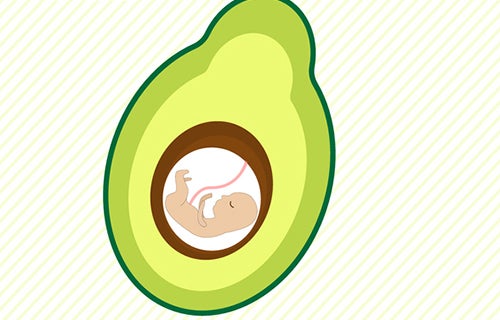
The avocado is shaped like a uterus, and on the inside, you even find a cushioned seed — similar to a baby in a womb.
So, move over apples! It turns out an avocado a day may keep the cramps away! With its rich source of boron, magnesium and omega-3 fatty acids, this trendy fruit has been shown to inhibit the release of prostaglandin, the hormone-like substance responsible for pesky uterine contractions. "Anyone up for brunch and avocado toast?"
Banana and Serotonin
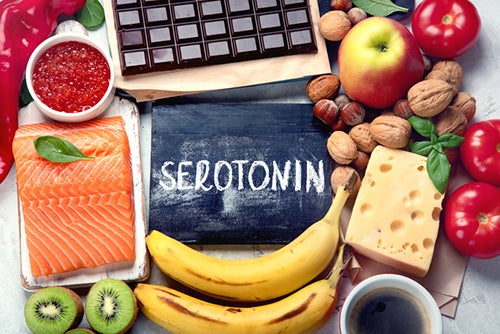
Did you know that serotonin looks like a crooked smile? It's no surprise — after all, it is the coveted feel-good hormone your body craves. And, that's where the smiley-shaped banana comes in — since it provides a natural boost of this happy chemical, lifting your spirits and bringing a smile to your face. This widely loved fruit contains tryptophan, a protein that converts into serotonin when digested. It increases the production of serotonin in the body though it does not cross the blood-brain barrier.
Broccoli and Cancer Cells
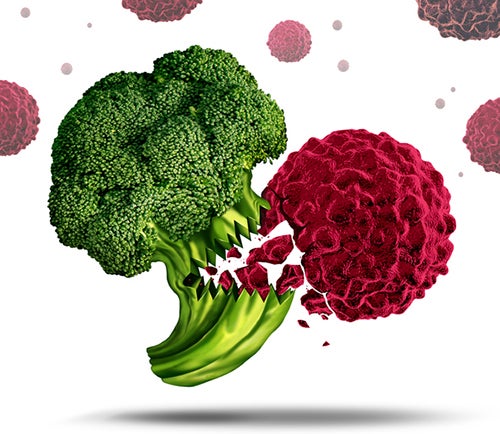
We have a bunch in our line up that aid women, but guys, we've got one for you too. The magnified view of miniature green buds on a broccoli floret are lookalikes for a cluster of cancerous cells. In fact, consuming broccoli has been found to decrease prostate cancer formation and decrease severity. Furthermore, certain components isolated from broccoli may aid in preventing or delaying the advancement of bladder cancer.
Celery Stalks and Bones
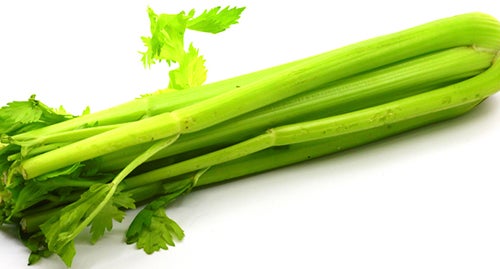
Let's take stock of the celery stalk and its resemblance to the bones. This vegetable is specifically beneficial for maintaining strong bones. Bones are composed of 23 percent sodium among other minerals, and fortunately, celery contains sodium, manganese, magnesium, calcium and phosphorous. Without adequate minerals in your diet, your body must extract it from your bones, leading to weakness, so these foods fulfill the skeletal requirements of the body. Moreover, celery is a great source of Vitamin K, which helps suppress the decline in spinal bone mineral density and aids in preventing bone loss that often occurs during female menopause.
Ginger and the Stomach
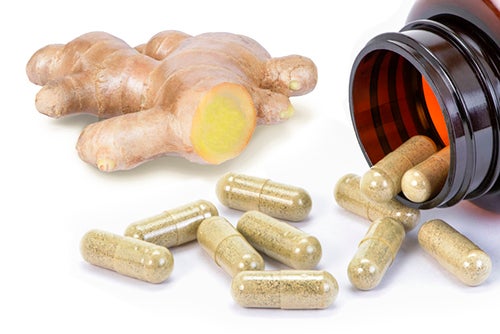
Ginger, resembling the shape of the stomach, has been widely used in treating a range of stomach ailments, such as motion sickness, morning sickness, colic, upset stomach, gas, diarrhea, irritable bowel syndrome (IBS) and loss of appetite. Its digestive properties have been recognized since ancient times, with ancient cultures incorporating it into their traditional medicine for over 5000 years. In addition, ginger has been found to inhibit the growth of bowel tumors.
Grapefruit and the Breast Lymphatic System
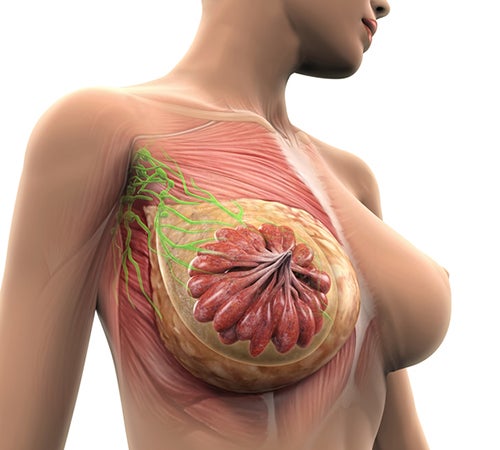
Who doesn't enjoy the bittersweet and invigorating taste of grapefruit? Not only does it favor the female mammary glands; it also promotes breast health by aiding in lymphatic flow along with other citrus fruits. This delicious fruit contains limonoids, which have been proven to hinder the progression of cancer.
Grapes and the Lungs
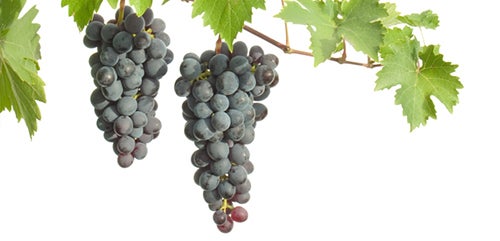
The alveoli of the lungs bear a striking resemblance to grapes. Similar to the lungs, which consist of a network of increasingly narrow airways, grapes also have branches that gradually become smaller, leading to tiny clusters of tissue known as a bunch. Eating a diet rich in fresh grapes and grape seeds has been linked to a decrease in the likelihood of developing lung cancer and emphysema. Additionally, grape seeds contain proanthocyanidin, a chemical compound that has been proven to lessen the severity of allergy-induced asthma.
Kidney Beans and the Kidney
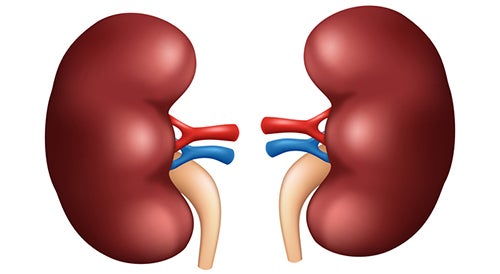
Kidney beans, aptly named for their resemblance to human kidneys, possess powerful healing properties that aid in maintaining kidney function. Packed with a multitude of minerals, vitamins and protein, they offer numerous health benefits. Their high fiber content makes them healthy-eating heroes.
Mushrooms and the Ear
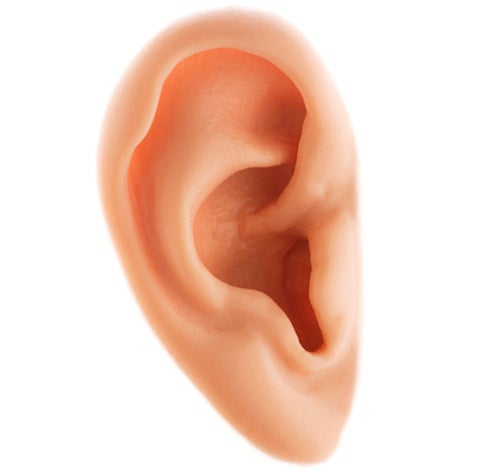
When sliced in half, you can't help but notice the similar appearance between mushrooms and the human ear. Their consumption has been linked to improved hearing abilities due to their high vitamin D content. This essential nutrient is crucial for preserving hearing and promoting strong bones, particularly the three delicate bones in the ear that transmit sound signals to the brain.
Olives and the Ovaries
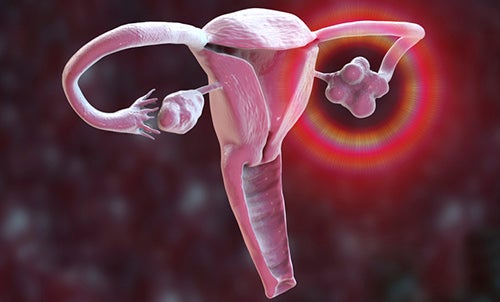
Join the ode for the olive! This amazing fruit not only adds flavor to your meals, but it also plays a crucial role in maintaining the health and function of the ovaries. In a study cited by the National Institutes of Health, women who consumed a significant amount of olive oil in their diets had a 30 percent reduced risk of developing ovarian cancer. Although the exact mechanism is still unknown, it is believed that the beneficial fats in olive oil may help combat cancer-causing genes.
Onions and Cells
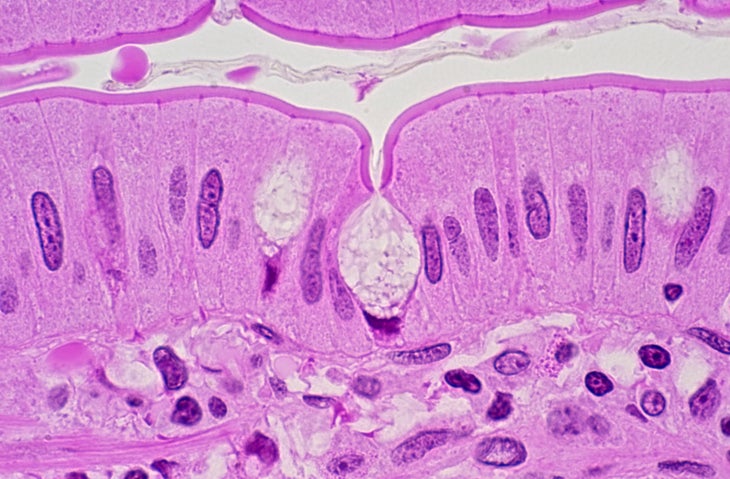
If chopping an onion makes you cry, it should be tears of joy. Visually, onions look like the cells found in your body. According to the National Institutes of Health, onions have the ability to eliminate waste materials from every cell within the body. Additionally, they have the unique ability to generate tears, which effectively cleanse the epithelial layers of your eyes.
Sweet Potatoes and the Pancreas
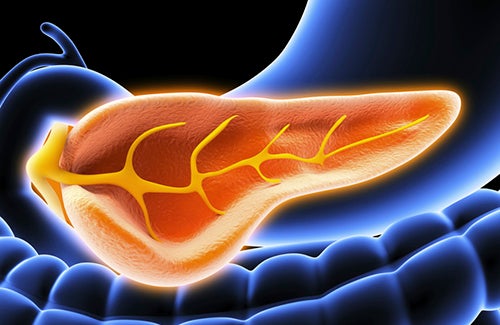
Let's celebrate the sweet potato and North Carolina's status as America's top grower of this impressive vegetable. Not only is it a doppleganger for the pancreas; when boiled, it may also aid in regulating the glycemic index for diabetics. Its oblong shape mirrors that of the pancreas and supports its proper functioning. Thanks to the high levels of beta-carotene, a powerful antioxidant, sweet potatoes can safeguard all cells in the body, including the pancreas, against the harmful effects of cancer and aging.
Walnuts and the Brain
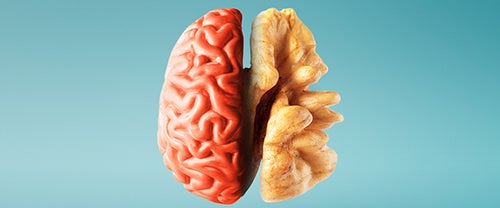
The shape of a walnut should definitely remind you of a brain, with distinct left and right hemispheres, upper cerebrums and lower cerebellums. The intricate ridges and crevices on the surface of the nut even resemble the folds of the neo-cortex. Consuming walnuts has been shown to aid in the development of over thirty different neuron-transmitters in the brain. This promotes effective signaling and facilitates communication between brain cells. Walnuts are also rich in omega-3 fatty acids, crucial for supporting optimal brain function. In fact, they contain a higher concentration of folic acid (vitamin B9) and vitamin E compared to other types of nuts, making them a great source of antioxidants.
About Parul Kharod, MS, RD, LDN
 Parul Kharod is a registered dietitian and licensed nutritionist with clinical interests in gastroenterology, food allergies, kidney disease, kidney stones, diabetes and heart health. She counsels adult and pediatric patients in the outpatient setting. Besides individual nutrition counselling, Kharod also teaches group classes for WakeMed's Diabetes Management Program and is a member of the Prevention Team at WakeMed Urology Kidney Stone Clinic. She collaborated with the Celiac Disease Foundation to start a support group for people with Celiac Disease and gluten intolerances; she has now expanded it as a support group for Celiac and food allergies as a branch of the Gluten Intolerance Group. She contributes to WakeMed Voices blogs and writes health and nutrition articles for various publications. Kharod earned her bachelor's and master's degrees from M.S. University in Vadodara, Gujrat, India. She is formally certified by the Commission on Dietetic Registration and has certifications in vegetarian nutrition, food allergies and gastroenterological disorders from the Academy of Nutrition & Dietetics.
Parul Kharod is a registered dietitian and licensed nutritionist with clinical interests in gastroenterology, food allergies, kidney disease, kidney stones, diabetes and heart health. She counsels adult and pediatric patients in the outpatient setting. Besides individual nutrition counselling, Kharod also teaches group classes for WakeMed's Diabetes Management Program and is a member of the Prevention Team at WakeMed Urology Kidney Stone Clinic. She collaborated with the Celiac Disease Foundation to start a support group for people with Celiac Disease and gluten intolerances; she has now expanded it as a support group for Celiac and food allergies as a branch of the Gluten Intolerance Group. She contributes to WakeMed Voices blogs and writes health and nutrition articles for various publications. Kharod earned her bachelor's and master's degrees from M.S. University in Vadodara, Gujrat, India. She is formally certified by the Commission on Dietetic Registration and has certifications in vegetarian nutrition, food allergies and gastroenterological disorders from the Academy of Nutrition & Dietetics.
Kharod has a global perspective about diverse eating habits and is able to assist people in making appropriate lifestyle changes while still conforming to their cultural preferences. She believes in a "no-diet" approach, focusing on practicality and balance to improve overall health for the mind and body.
Outside of work, Kharod enjoys reading, listening to music, watching movies and traveling.
About WakeMed Nutrition Services
Our licensed, registered dietitians in Outpatient Nutrition Services are committed to providing evidence-based, scientific nutrition advice. Nutrition counseling is offered for:
- Adult Weight Management
- Bariatric Surgery
- Diabetes
- Celiac Disease and Other Food Allergies
- Heart Health
- Vegetarian Nutrition
- Pediatric Weight Management
- Other Pediatric and Adult Nutrition Issues
- Wellness
- Gastrointestinal Disorders (IBS, diverticulitis)
For more information, or to schedule an appointment, please call or have your physician FAX a referral to us. Insurance coverage and costs may vary.
Phone: 919-350-7000, option 1, then option 3
FAX: 919-350-8959
Sources:
https://www.healthline.com/health/womens-health/menstrual-cramp-remedies
https://www.niddk.nih.gov/health-information/urologic-diseases/kidney-stones/eating-diet-nutrition
https://www.advancedurologyinstitute.com/8-easy-ways-cleanse-kidneys/
https://www.healthline.com/health/kidney-health/home-remedies-for-kidney-stones#kidney-bean-broth
https://urologyspecialistsnc.com/relieve-kidney-pain/
https://www.sciencedirect.com/science/article/abs/pii/S1744388115000274?via%3Dihub
https://pubmed.ncbi.nlm.nih.gov/31846806/
https://www.ncbi.nlm.nih.gov/pmc/articles/PMC6041877/
https://www.healthline.com/nutrition/celery-seed-benefits#2.-Support-Bone-Health
https://www.ncbi.nlm.nih.gov/pmc/articles/PMC7235933/
https://www.ncbi.nlm.nih.gov/pmc/articles/PMC6341159/
https://www.ncbi.nlm.nih.gov/pmc/articles/PMC9710411/
https://pubmed.ncbi.nlm.nih.gov/11962254/
https://www.ncbi.nlm.nih.gov/pmc/articles/PMC3420094/
https://www.ncbi.nlm.nih.gov/pmc/articles/PMC6486146/
https://www.ncbi.nlm.nih.gov/pmc/articles/PMC10297067/
https://www.ncbi.nlm.nih.gov/pmc/articles/PMC6981469/
Disclaimer: The advice of individual medical providers serves as guidance from the specific provider and is not intended to establish standards of clinical practice or rules of law for WakeMed Health and Hospitals.